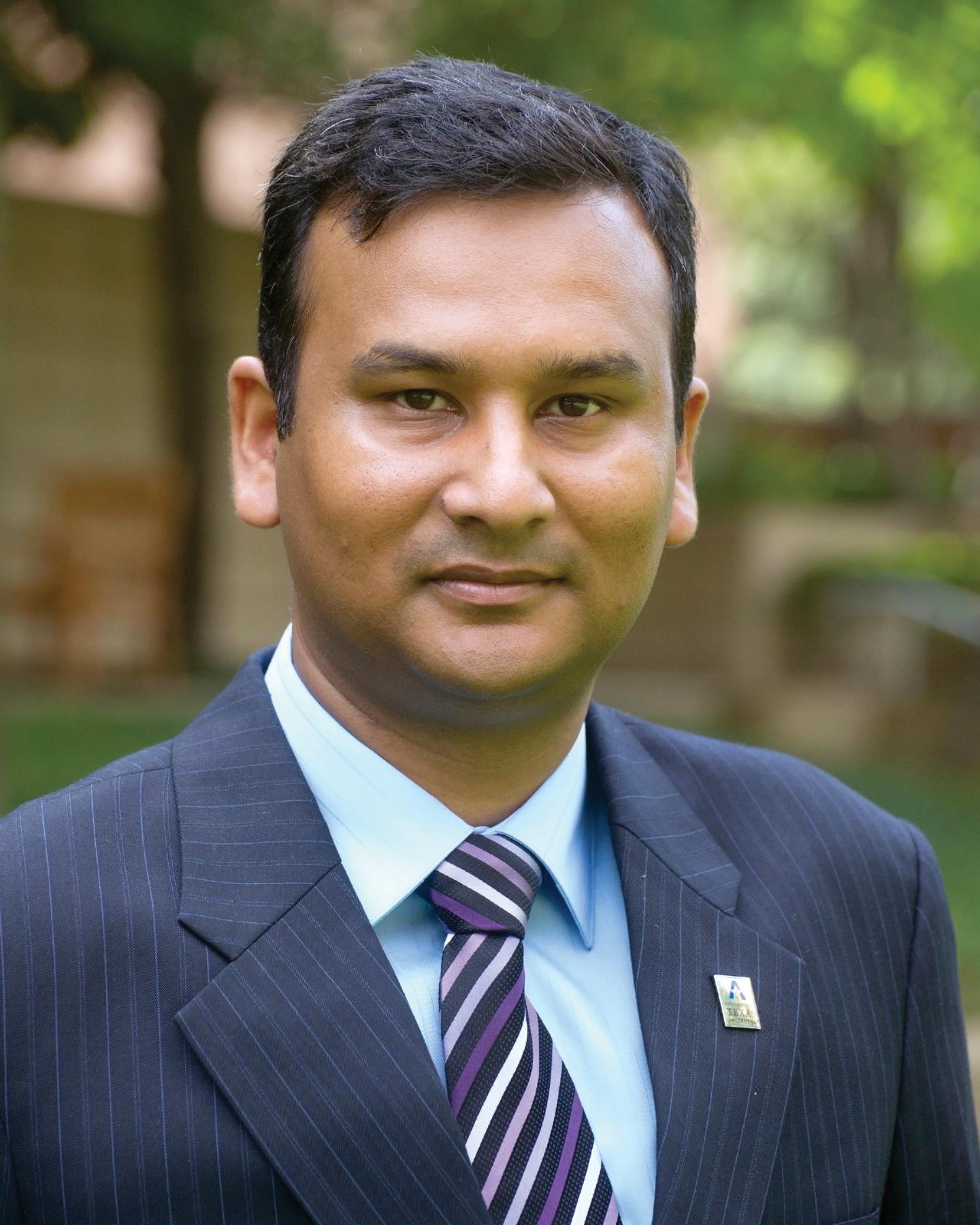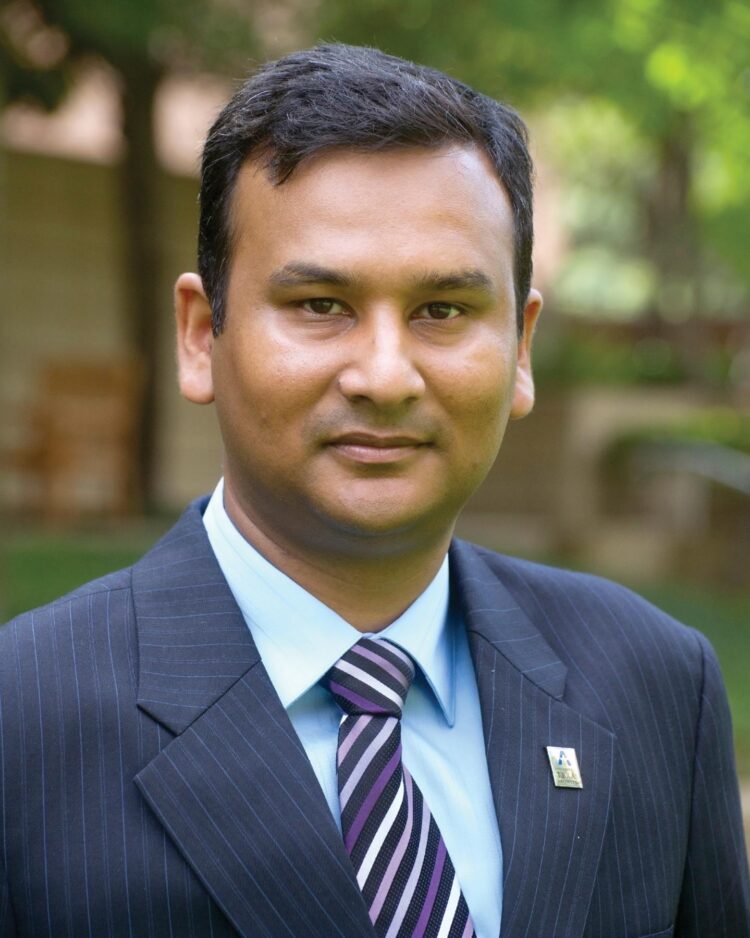UTA mechanical engineer to expand research of blast-related traumatic brain injuries

Credit: UT Arlington
The Office of Naval Research has awarded a grant to Ashfaq Adnan, professor of mechanical engineering at The University of Texas at Arlington, to acquire equipment for nanoscale damage analysis of brains.
The $831,000 Defense University Research Instrumentation Program (DURIP) grant will help Adnan expand his recent research into blast-related traumatic brain injuries by purchasing a multi-material 3D printer that can print realistic models of the human head and a set of high-speed cameras equipped with advanced lenses and image correlation technology that can capture high-speed impacts as they happen. UTA mechanical engineering Professor-in-Practice Robert Taylor is co-investigator on the project.
Adnan studies brain injuries resulting from cavitation and shockwave propagation using materials that are similar to brains. The new printer can produce realistic elements of human heads at higher resolution, enabling him to obtain a realistic representation of what happens during traumatic brain events.
The new cameras are able to shoot at extremely high speeds, about 10 million frames per second, allowing his team to capture high-speed changes in motion, such as rapid acceleration or deceleration.
“It is very important to understand what happens to the brain before, during and after a traumatic event, whether an explosive blast in combat or rapid deceleration such as a car accident or a tackle on the football field,” Adnan said. “With this new equipment, we will be able to test our computer simulations on realistic models and capture images of what is really occurring in the brain. These images could open many new doors in the study of traumatic brain injuries.”
The new equipment strengthens the department’s ability to offer top-quality research and education, says Erian Armanios, chair of the Mechanical and Aerospace Engineering Department.
“Dr. Adnan’s research in the area of traumatic brain injuries continues to push the boundaries of knowledge and bring us closer to understanding how best to detect and treat victims of these injuries,” Armanios said. “The addition of this equipment sets UTA apart and will benefit all of our students and faculty.”
###
DURIP grants are awarded to help scientists and engineers acquire equipment or instrumentation to aid education and research in areas important to national defense. Adnan previously earned a DURIP grant in 2019 to purchase a life-sized model of a head to simulate and understand the brain.
– Written by Jeremy Agor, College of Engineering
Media Contact
Herb Booth
[email protected]
Original Source
https:/





